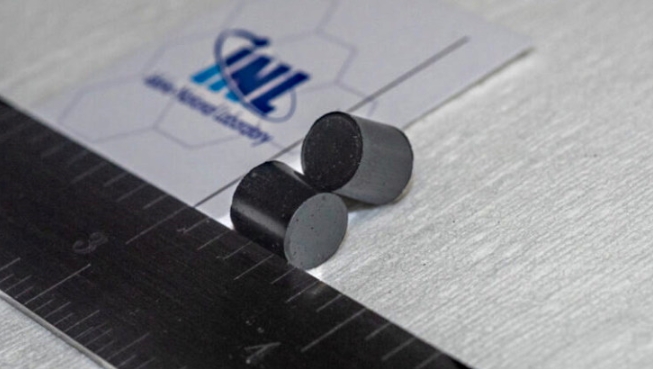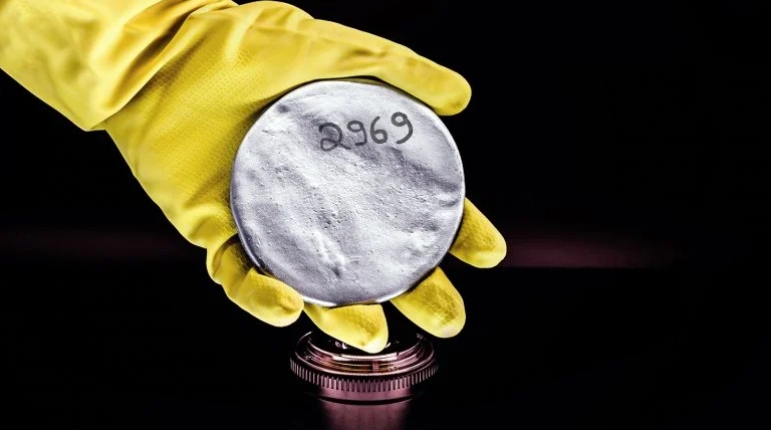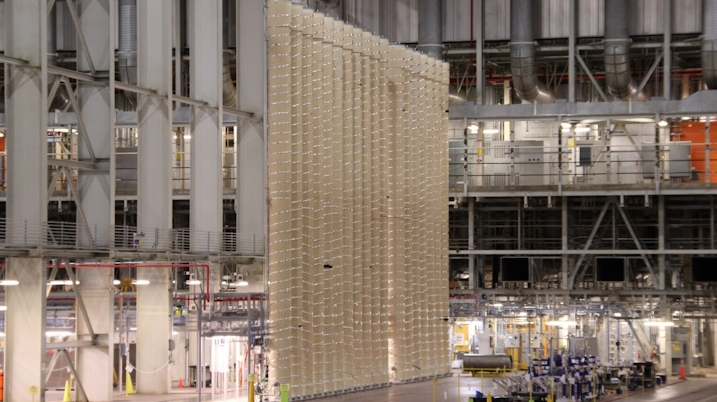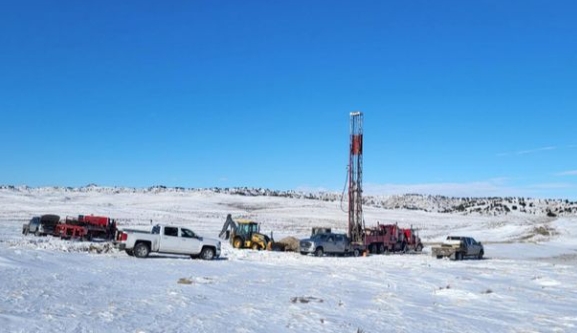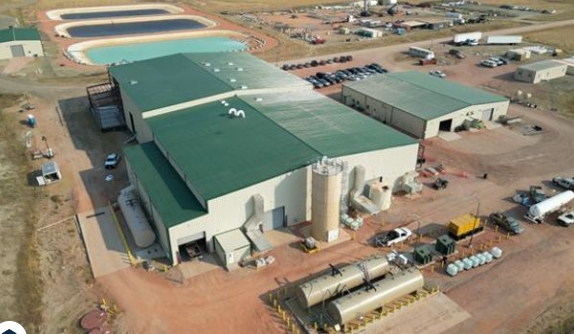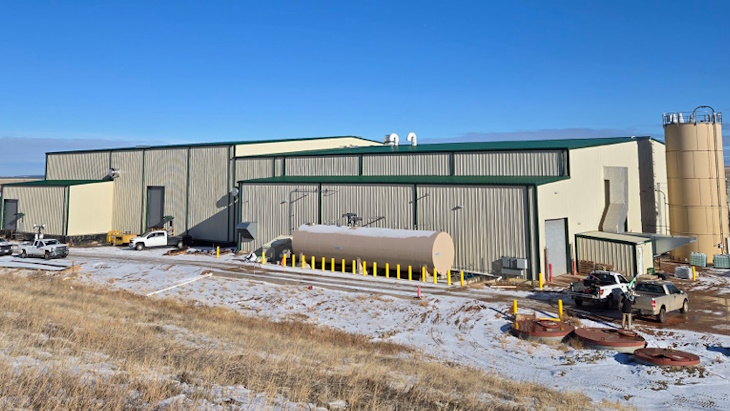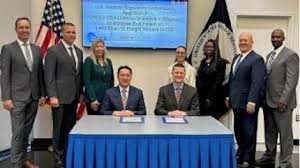Construction of the plant, with a total investment cost of 1bn yuan ($141mn), will be completed in three phases, each with a capacity of 10 GWh/yr. The first phase is scheduled to start production by the end of March next year. Details of the other two phases, such as construction timelines, were undisclosed.
The Chinese government is supporting the infrastructure construction of new energy projects and 5G telecom networks, which require large volumes of different types of lithium batteries.
China's capital Beijing is on track to build at least 50,000 NEV charging points and around 100 battery exchange stations by the end of 2022. Beijing also aims to build 13,000 new 5G base stations in 2020, which is expected to take the total number of stations in the capital city to more than 30,000.
Lithium carbonate and hydroxide are the two main feedstock for lithium-ion batteries. Argus assessed prices for 56.5pc grade hydroxide at Yn49,000-54,000/t ex-works yesterday, unchanged from 18 June. Producers focused on fulfilling orders and reduced operating rates to avoid a build-up of surplus inventories. Prices for 99.5pc grade carbonate were assessed at Yn39,000-44,000/t ex-works yesterday, down by Yn1,000/t from the low end of the 18 June range.
Shenzhen-listed Vision's lithium batteries are widely used in China's 5G and NEV power battery sectors and exported in large volumes to countries such as Japan and South Korea, according to company president Zhang Huanong.
